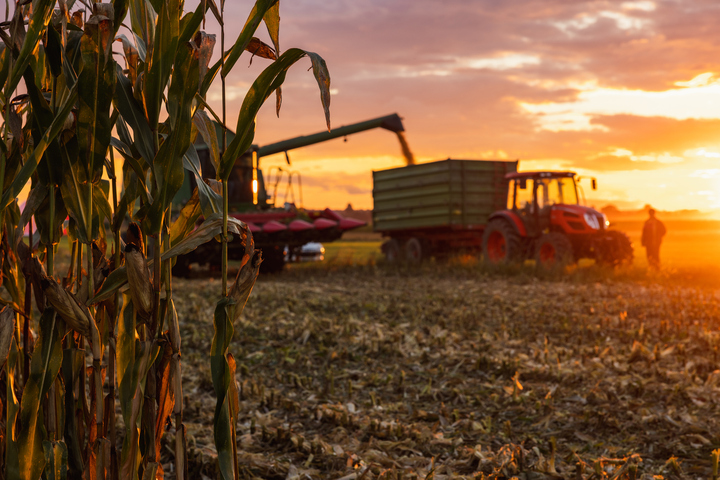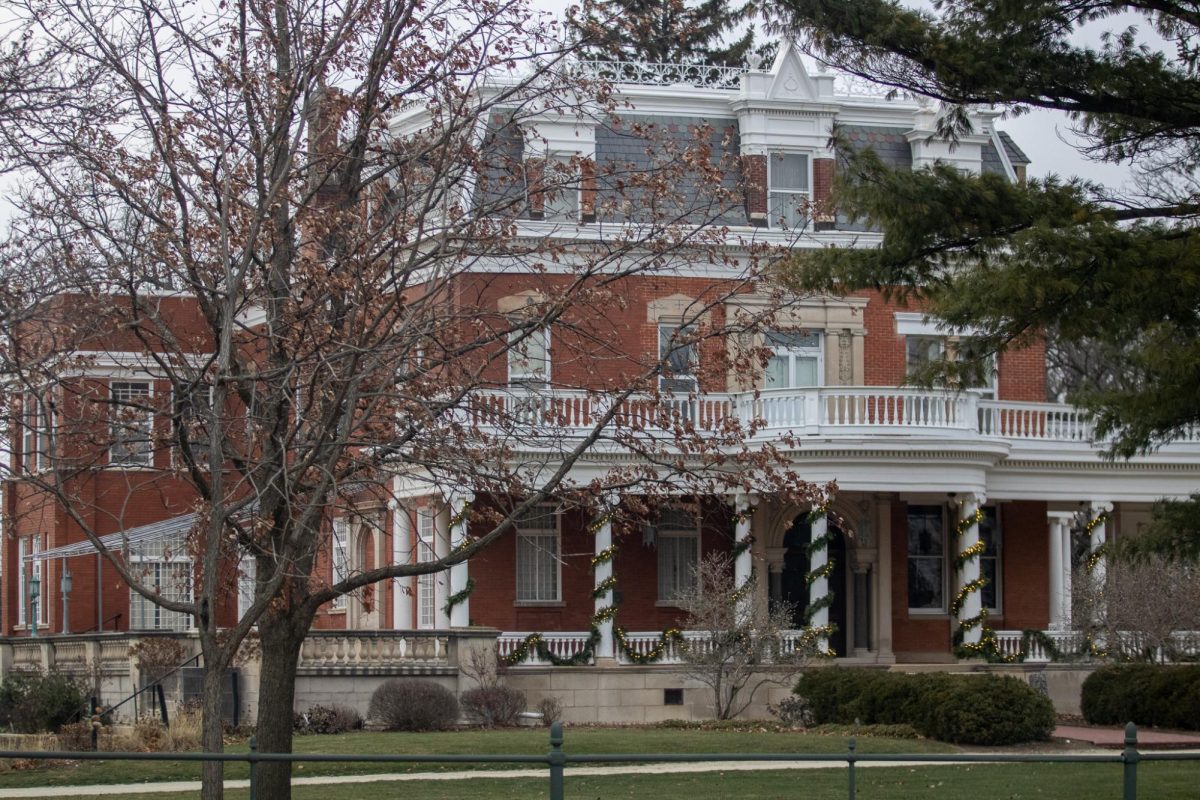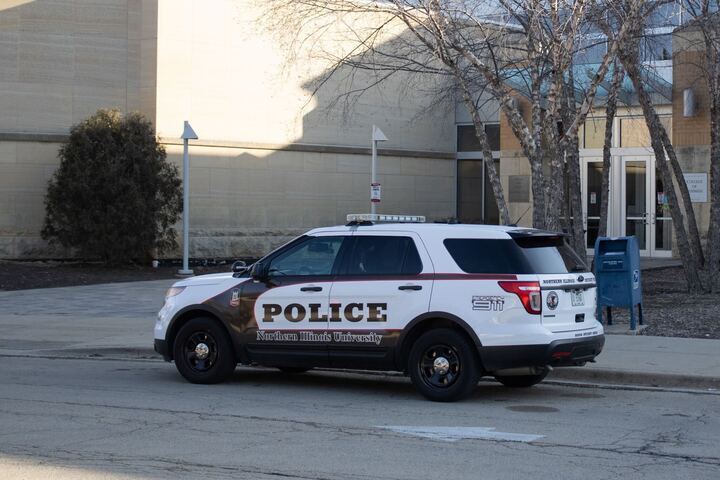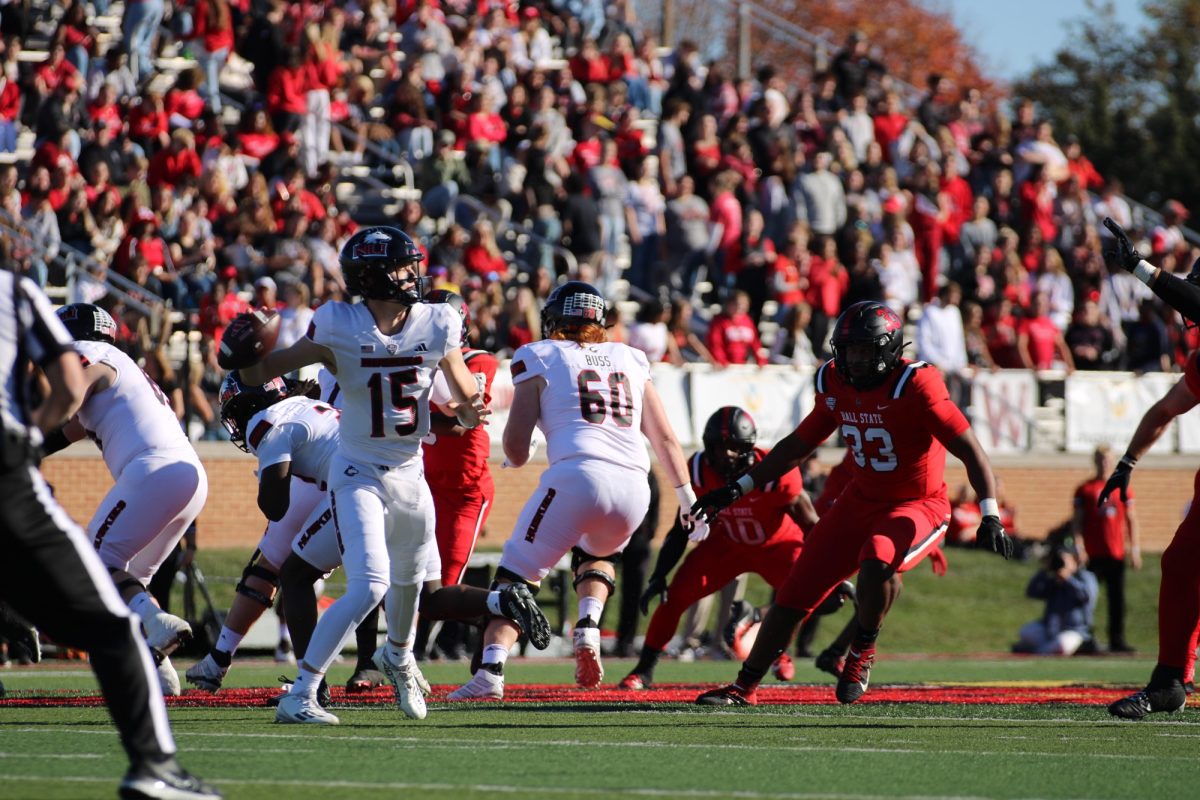DeKALB – Summer droughts this year caused worry in the farming community on how the corn harvest would look. A poor harvest would have ripple effects across food, fuel and the lives of farmers in DeKalb County.
Greg Millburg, manager of the DeKalb County Farm Bureau, said it is too early to tell what the corn yields will look like for all of DeKalb County, as only 10% of the crop has been harvested.
Corn in Illinois is planted between the end of April and beginning of May. The corn matures and is ready for harvest between September and October depending on precipitation.
Yield amounts are dependent on location, heat during the growing season and rainfall. The average yield of corn grown in DeKalb is 200 bushels per acre with average climate and rainfall, Millburg said. Compared to other crop yields in DeKalb County, soybeans produce 60 bushels per acre and hay between 80 to 90 bushels per acre.
Droughts can have a detrimental impact on corn crop, with long droughts causing decreases in yields.
Despite droughts, Millburg said agriculture technology today allows farmers to combat drought. One method farmers have used to have their crops overcome drought is by breeding drought and disease resistant corn. The traits of drought resistant corn make the corn preserve its nutrients for longer during dry seasons.
“In Illinois, it (farming) has its good days and bad days; and as I’ve gotten older, I’ve learned to take it one day at a time and enjoy life and enjoy farming,” said Berkeley Boehne, a DeKalb County farmer from Shabbona, Illinois.
Boehne said the drought earlier in the summer had himself and other farmers concerned.
“DeKalb County, most of its soil can hold a little bit longer to drought tolerance. And when it started raining just about a week or two ago just in time to save this crop,” Boehne said.
Boehne said his farm is expecting to harvest an average yield of 234 bushels of corn per acre.
Aside from being grown for consumption, corn goes into a variety of products we see in our day-to-day lives. Corn syrup is used as a sweetener for baked goods, condiments, jellies and candies. Corn also has a huge impact on producing ethanol in the Midwest, Millburg said.
“50% of our corn goes to livestock feed. We have the pork industry here in DeKalb County. We have the cattle industry. So a lot of it goes into animal production,” Millburg said.
DeKalb County produces about $551.4 million in total from agricultural products annually, according to the DeKalb County Farm Bureau’s website.
This revenue comes before expenses for farmers such as purchasing seeds, fuel, equipment and, if the farmers rent, the land.
“Farmers are just like any other business person. You know they have risk,” Millburg said. “They have a cost of business, which they look at every year, and they hope the product they make can pay for that cost of production.”
Millburg said the farms in DeKalb County are longtime residents. Some farms are family-owned and operated between four to six generations.
Henry Burgweger, a DeKalb County farmer, has owned his farm for 52 years but has lived on his farm all of his life. Burgweger grew up living on his farm when his parents owned it. Today, he works on it with his own son who he plans will take over for him.
Burgweger’s farm used to be a dairy farm but now grows 700 acres of corn and soybeans.
“It’s just been a good life and a good place to grow up and teaches you skills,” Burgweger said. “You stay busy, and you’ve always got stuff to do or things to do, and I wouldn’t have it any other way.”





















